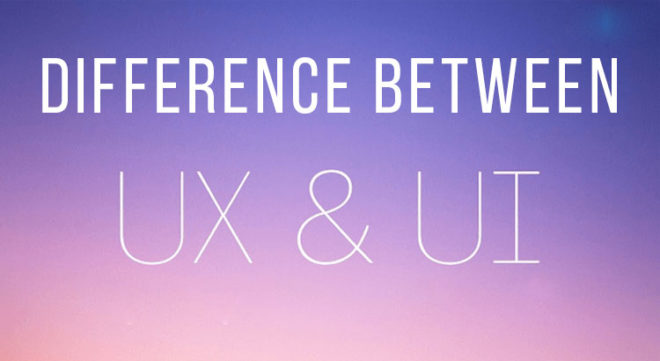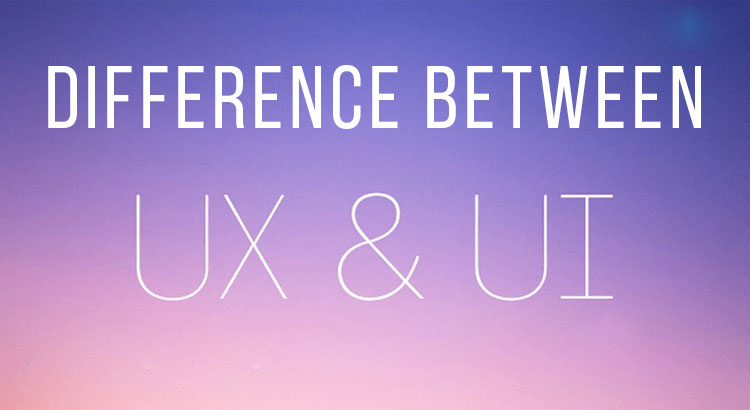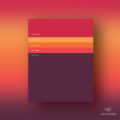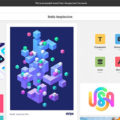Difference Between a UX Designer and UI Developer: I’ve recently found myself aiming to discuss the difference between the skills I offer a task as a UX Designer as well as why I’m not able to cover the duty of a specialized UI Developer.
There is certainly a required overlap between the skill-sets in these functions, which is a good thing. As well as some users have a more comprehensive coverage of abilities than others. However, users beyond these functions don’t constantly value the specialist abilities and also concentrate that is required to function within them.
You May Also Like: Top 5 UI Design Tips to Make Single-Page Website
This as simple as I could explain the various skills required for each role:
– User Experience (UX) Designer = Research + Design
– UI Developer = Design + HTML/CSS/JS
– Application Developer = Back-End coding + HTML/CSS/JS and so on
As much as I’ve tried to avoid it, I simply haven’t been able to avoid myself from developing a Venn diagram to imagine this.
These various combinations of abilities bring with them a different perspective and also focus on what everyone does.
UX Designers incorporate their study and also layout abilities with each other to comprehend the user needs and produce concepts/solutions/designs that people wish to use. This calls for a focus on human behaviors, psychology and also understanding why users do what they do. It’s all the soft squishy, creative things on the right-side of the mind. A lot of UXers could tell you just what it ought to do as well as why it needs to do it, yet cannot really construct something that works.
Application Developers (which is an extremely wide as well as with any luck inclusive term for your typical technical skill set) construct the underlying performance makings the product job. It’s about code, reasoning and the left-side of the mind. Typically learned through Developers is “I could make it function, but it won’t look quite”. Indicating that they can craft HTML that will technically function, yet it may not create a very good perception for anyone who is affected by the look of it (which means your ordinary end, user).
UI Developers fill the happy medium by incorporating both design perceptiveness and also technical skills with each other. They are competent at making something both look great as well as function in a browser/device at the same time. They have the production skills to be able to produce aesthetic designs in Photoshop and after that turn them into HTML code that deals with the wonders of browser compatibilities. This requires a thorough understanding of exactly how web browser rendering engines act to be able to carry out a design for the web that makes appropriately as well as get all those bothersome pixels to align flawlessly.
Obviously, this is very much a generalization and it is possible to locate users that work easily across all these various skills-sets. I have to make the caveat that everyone has various stamina as well as weaknesses. My point below is about the commonness that specify UX Designers, instead of each user’s one-of-a-kind distinctions.
There is an age-old conversation available on should developers recognize how you can code? which usually ends up wrapping up that preferably, yes they should. Nonetheless the kind of people that could easily switch between concentrating on a code as well as user needs is a rarity. The attitude required for each is typically quite noticeably various. Most people simply typically aren’t wired as much as do both. At the very least, even if they can, changing between them in their everyday function on a job has the tendency to hinder their ability to do either well.
Breaking down Design further
Of course, this is very much a simplification of the 4 areas covered in this diagram Research study, Layout, HTML, & Back-End. With simply one wave of a Venn representation, I have lumped a whole modern technology market into just one circle. At the danger of complicating the main point of this blog post, I do feel they have to break down the area of Design a little bit a lot more as it’s the location that I feel most non-Designers battle to understand the differences in between the design disciplines, and the various the histories that UXers originated from.
Within the context of Software Advancement, I would argue that layout is largely all about Visual Design, Interaction Design & Info Design.
It has to be stated that the line in between these 3 design disciplines is really blurry and also rarely feasible to separate entirely (the most effective method I’ve seen them articulated remains in Jesse James Garret’s JJG Elements of UX).
This is just how I would certainly expand my diagram as well as the roles to include them:
To further broaden the difference between the duties:
UX Designers focus on the framework as well as the format of web content, navigating and just how users connect with them. These do not generally (yet can) aim to be perfect from an aesthetic point of view. The types of deliverables they create include site-maps, customer circulations, prototypes, and wireframes, which are extra concentrated on the underlying framework as well as the purpose of the software. The aesthetic look does influence on these, yet can be developed as a different layer that is used over the top.
UI Developers concentrate on the method the capability is shown and the great detail of exactly how users engage with the user interface. They produce the aesthetic compensations as well as working front-end code. This is very much about sleek final manufacturing quality results.
The various other duty that I included to the increased variation of the representation is the Graphic Designer. It’s worth calling out that there are professionals who have the tendency to function solely in Photoshop to produce fixed aesthetic compensations. This starts to talk to the location of the picture, fine arts, print media and the more innovative stuff. Traditionally within web design, this was a different duty, yet not a lot anymore. Within software design, the majority of people have the tendency to have created technical skills to become a UI Designer/Dev.
The various techniques within UX Design can be increased further to repaint a much more thorough image. The very best method I’ve seen it verbalized was created by Dan Saffer in his book Designing for Interaction. He represents the various disciplines of User Experience Design similar to this:
If you begin thinking of designing experiences across different platforms, gadgets and also contexts after that you extremely swiftly have to generate Industrial Design, Design, and so on. But that’s an article for another day.






